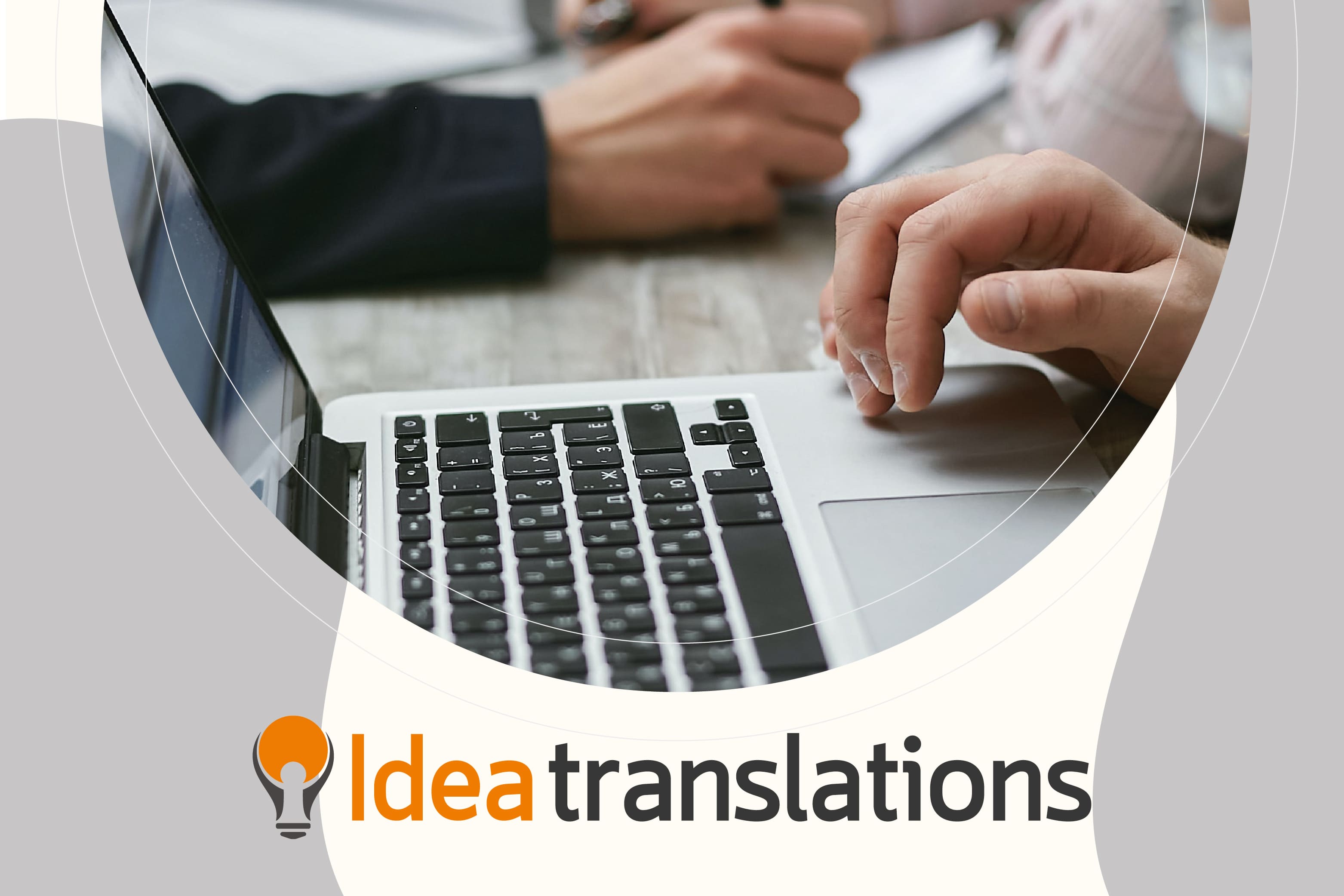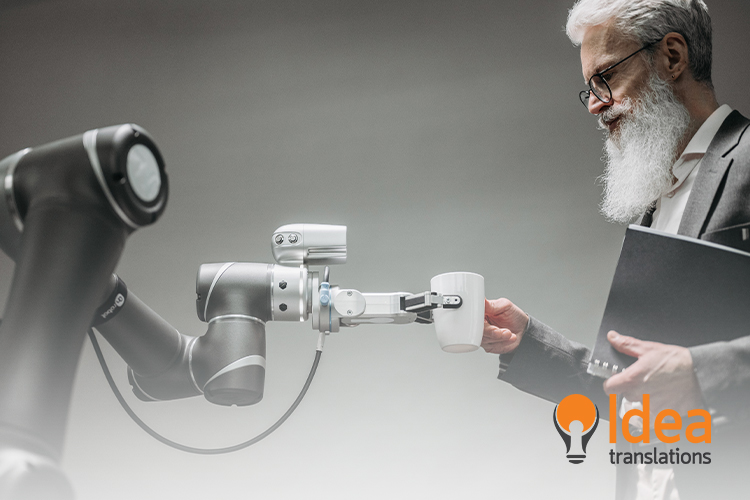At Idea Translations, we are proud to be at the forefront of industry innovations. We constantly adapt totechnology trends to provide our clients with top-notch, high-quality services using the latest tech. That’swhy we’ve included Artificial Intelligence into selected translation projects. While AI plays a helpful role in the initial stage of some translation projects, our […]
- 8719 Evangel Drive, Springfield, Virginia 22153, US
- info@ideatranslations.com
- +1 (877)-409-8460




